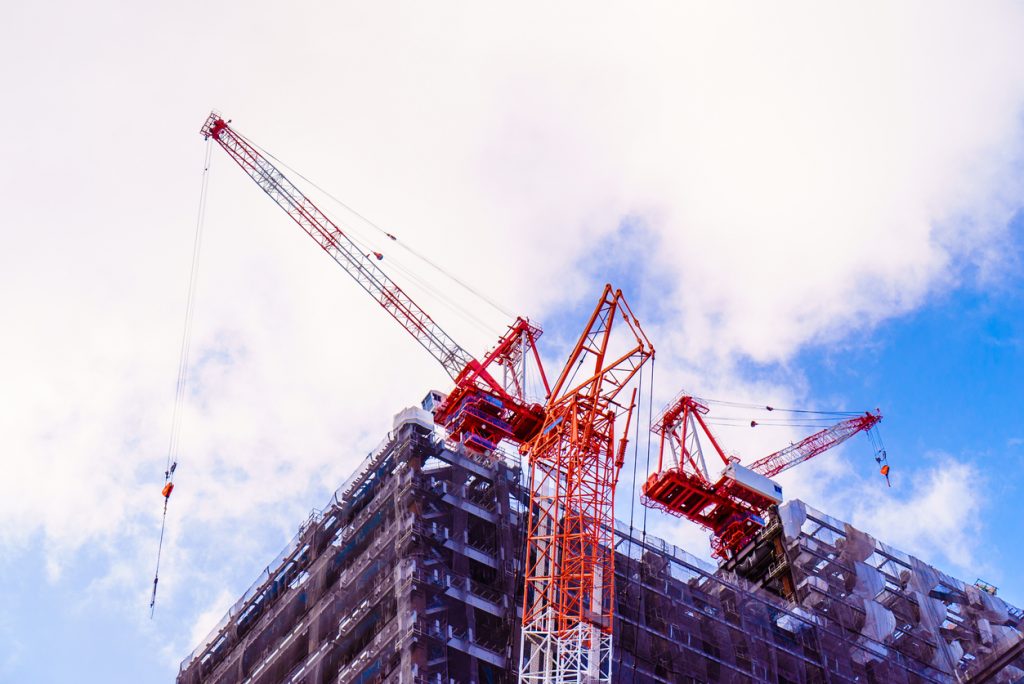
Occupational Safety and Health Administration (OSHA) violations can be substantial proof of negligence. However, to recover damages, an employee with a construction accident claim must demonstrate that the violation was the direct and proximate cause of their injuries. Workers can generally recover compensation for injuries and lost wages through workers’ compensation claims. These do not require a showing of an employer’s negligence.
In addition, in accidents where a worker can also file a lawsuit to recover damages from anyone other than an employer at a construction site—the employee will need to show how third-party negligence was a direct cause of the injuries.
If you have suffered injuries in a construction accident in the greater NYC regions, a New York personal injury lawyer from Friedman, Levy, Goldfarb, Green & Bagley, P.C. can answer your questions.
These might include whether you have a right to sue for negligence in addition to your workers’ compensation claim and whether the negligent party’s OSHA violations will be part of the proof of your construction accident lawsuit.
How can an OSHA violation support a construction accident lawsuit?
When a party other than your employer (including, for example, other contractors or subcontractors, material or equipment suppliers and installers, and the site’s owner or manager) causes your injury, to recover damages, you may sue that party and the owner of the property and general contractor if you were working at the site. An NYC construction accident lawyer can use OSHA standards and their violations to demonstrate the duty of care and the breach of that duty.
What kind of OSHA violations can lead to construction accident claims?
Almost every violation of an OSHA standard can lead to a valid claim. Some of the more common violations include:
- falls from elevations that were not properly shielded or secured
- exposure to hazardous chemicals
- improperly-constructed or overloaded scaffolds
- electrocution hazards
- poor air circulation and exposure to dust and fumes
- accidents involving ladders
- collisions with trucks or forklifts that did not have proper warning alarms
- slip and fall accidents on greasy or oily surfaces
- guards that have been removed from rotating power equipment
- improper or ineffective eye, ear, and face protection.
Do you need to report an OSHA violation before filing a construction accident lawsuit?
Reports and investigations of OSHA violations at construction sites move according to their own rules and procedures. If you were injured in a construction accident caused by a third party’s violation of one or more OSHA standards, you might have a right to file a lawsuit. This is true regardless of whether the violations were reported to OSHA or any citations had been issued.
In every case, your best course of action is to contact an experienced attorney as soon as is possible. They will investigate the construction accident while the facts and evidence are still fresh. You will able to recover the largest potential damages award to compensate you for your injuries– when you start your construction accident claim sooner rather than later.
What construction accident damages can you recover on account of an OSHA violation?
Construction workers can recover reimbursement for medical expenses and at least a portion of their lost wages through workers’ compensation claims. They can also file a construction accident claim and a lawsuit against a third party to recover compensation for pain and suffering, loss of consortium, reduced job opportunities, and other damages not included in a worker’s compensation claim.
Call NYC Construction Accident Lawyers to Determine if You Can Sue Even if You Have Received Workers’ Comp
At Friedman, Levy, Goldfarb & Green in Manhattan, we represent injured construction workers and construction site visitors in lawsuits against the parties that have violated OSHA standards– when those violations are the direct cause of losses and injuries. Contact us for a free consultation with one of our experienced accident and injury lawyers.






